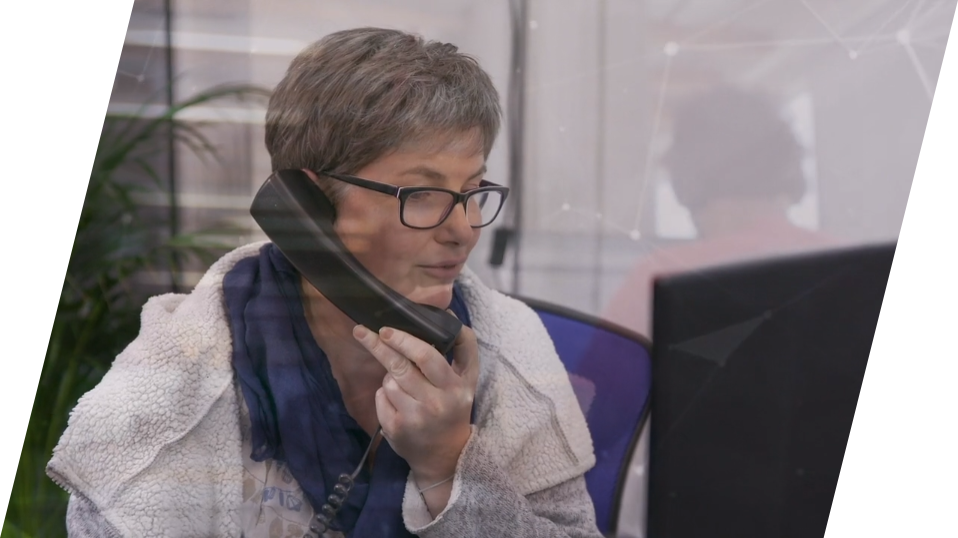In all the years we’ve been working in file transfer, there have been a few occasions when we’ve witnessed the financial impact and reputation damage a system failure can have. This article looks at:
- Why you should think twice before testing in a live environment;
- When you need to consider a development (dev) environment for your Managed File Transfer (MFT) solution;
- Details of the six stages for testing and development.
“A few years ago, one organisation was developing workflows in a live environment, and broke other automated processes. The system was down for just a few hours, but the impact was huge. This business supplied products to retailers across the country, but were unable to access the order information. The lorries couldn’t leave the factory and delivery drivers had to be paid overtime. Worse still, the retailers were left out of stock, consumers bought other brands and some ended up staying with that brand. The impact on the business’ finances and reputation were catastrophic.”
Richard Auger,
Pro2col technical consultant
This particular example could have been prevented if the IT team were developing in a test environment, instead of a live environment. But so many organisations only have a live MFT production licence. That might be to save money, or because decision makers just don’t think a file transfer server needs a test licence. But we know an MFT system is doing so much more than transferring files, so if you have any workflows involved, you need to reconsider.
Is a dev environment business critical?
This will depend on the value of the data your system is handling. Is it critical to business processes? Do you risk breaching service level agreements (SLAs)? Or will you simply not be able to operate, like the example above? While you may be able to send files by some other method for a few hours, it isn’t viable for a sustained period.
You also need a change control policy to meet ISO27001 requirements. While it is down to you to determine the right policy for your unique set of circumstances, example ISO best practice advocates testing in an isolated, controlled and representative environment. Similarly ITIL requires an organisation to follow both ‘change management’ and ‘release and deployment management’ processes from non-production to production systems. It’s an old IT joke that in weaker, less secure environments TIP doesn’t mean ‘Transfer into Production’ – it ends up being ‘Test in Production’ instead.
So to avoid disrupting your system when deploying new releases, building workflows or making other changes, you should follow these six stages for testing, developing and transfer into production:
1. Sandbox, or experimental environment
This is a local environment no one else can access, where the developer has a working copy of the code. Here they can try it out and change it without putting it live. This environment will typically be an individual developer’s workstation. Once they are happy with it the developer would submit the code to the repository for the next stage of development. Most MFT solutions by default don’t have a sandbox but you can sometimes set it up by installing the software onto a private virtual machine.
2. Development or integration environment
This is a clean environment where you test how your code is interacting with all the other bits of code associated with the system. The code itself doesn’t get changed in this environment – updates are made to the working copy back in the sandbox and resubmitted. When ready, the developer accepts the code and it is moved to the test environment.
3. Testing
This is the environment to test the new or changed code, either manually or using automated techniques. You may have different test environments to focus on different types of testing. The developer looks at how it interacts with and impacts other systems and tests performance and availability. If you are upgrading, for example, this will show how your system will behave once the upgrade is in place. From here, the code can be promoted to the next deployment environment.
4. User acceptance testing (UAT) or quality assurance (QA)
In this stage users will trial the software, making sure it can deliver against requirements. Stress testing is also carried out in this stage.
5. Pre-production, or staging environment
This final stage tests in conjunction with all the other applications in the infrastructure. The aim here is to test all installation, configuration and migration scripts and procedures. For example, load testing happens here. It’s really important that this environment is completely identical to the production (live) environment. All systems should, for example, be the same version.
6. Production or live environment
Transfer into production – or TIP – is the final stage, bringing the updates live. This is the environment that users actually interact with. This can be done by deploying new code and overwriting the old code, or by deploying a configuration change. Some organisations choose to deploy in phases, in case of any last minute problems.
If you follow these steps you can be confident that any upgrades to the production environment will be completed reliably and efficiently. But if your budget or internal policy won’t allow you to invest in all of these, we would recommend at least a test environment, which should be an exact copy of the production environment.
Some MFT systems allow multitenancy, which may be an alternative solution for providing multiple environments. This does, however, introduce a risk that new code could adversely affect the entire application, rather than a single environment.
All our vendors offer test licences at reduced rates. If it’s time to get this set up for your MFT solution, get in touch now. You can contact us via the website or by emailing your account manager.
Further Reading:

Do you need support with your test or development environment?
Pro2col’s independent MFT experts provide advice, licensing, installation and configuration. Our technical experts can build workflows on your behalf and transfer them into production.
